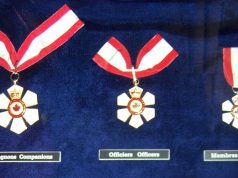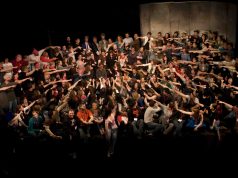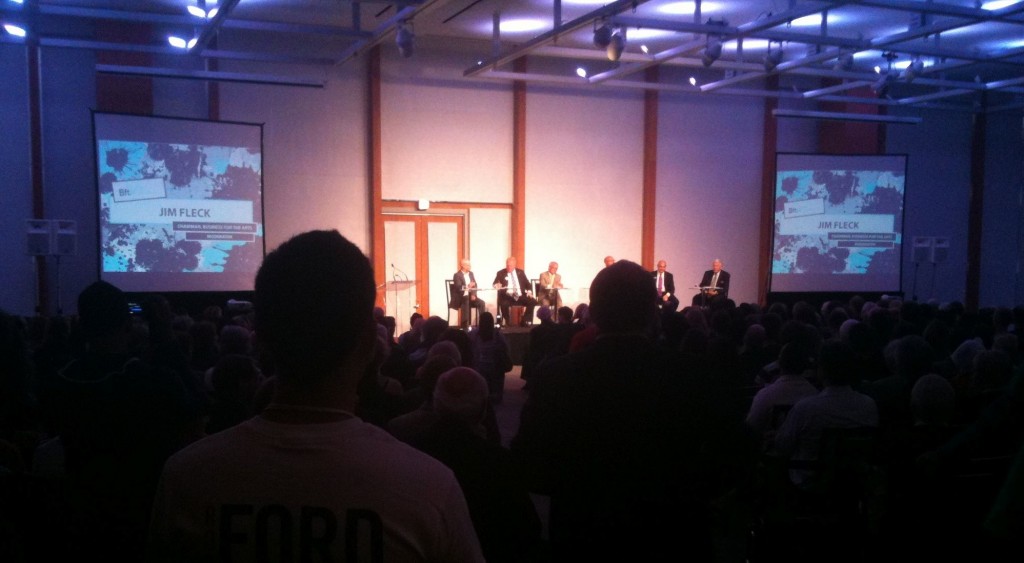
Editor’s Note:
After reading Eric’s post about politics and cultural investment in Calgary, I asked him if he wanted to expand on those thoughts for this space. As he is currently preparing to come to TO from Calgary to be part of SummerWorks, he thought that might be impossible. I suggested we have a quick online chat. He obliged and the convo is below. mw



Okay perfect. Why is your name Eno?

I just use this account for Google related products. Just a fake name. Actually it’s our cat’s name. Eno Rushton.

I thought as a way into the article you’ve written below about artists, politics, and the creative city, we could have a quick Google chat. Lets get into it. There was an article in the Globe last week about the corporatization of culture that was shared around a lot in TO. (When culture goes corporate, Canada’s creativity suffers.) Did it resonate for you too in Calgary?

I woke up and it was the first thing I read. What a way to start the day! My first thought was, “this should have been written here in Calgary and it should have come from our ‘art council’”.

(as a measure of artistic merit)

Actually, we don’t have an art council in Calgary in the same way that Toronto or Edmonton has an arts council—though there are similar functionalities across the three. Here in Calgary we have an Arts Development body—Calgary Arts Development Authority (CADA). This language is borrowed from Calgary Economic Development. So at the highest levels in Calgary, the language of corporate culture has crept into our arts and culture scene. For instance, CADA doesn’t administer grants, it administers “investments”(Mia and I have received a few of these to be fair!).
This type of vocabulary, of course has forced many organizations and individual artist to also adopt a corporate language structure.

In TO we had a big culture report recently. It was co-chaired by Jim Prentice— who if you believe the pundits is destined to be your next Premier. The name of the report was CREATIVE CAPITAL GAINS.
Which would be a great name for an Onion version of a culture report, but less great when you’re living it.
What do you see as ways to push back against this language and co-opting of cultural values?

Hearing different voices during the couple of consultation sessions I attended throughout the arts planning process however, and when speaking with colleagues after the plan was released, was really important. It showed that there are dissenting voices in the city (especially from individuals within organizations that otherwise endorsed CADA’s plan). I think that the first steps to pushing back against the co-opting of cultural values and the corporatization of the arts is to develop a language that we can speak and also to deconstruct the language that is being used on our behalf by funding bodies, boards of directors, other artist, organizations, etc.
I think that a lot of artists and arts organization use the language of creativity (now corporate language, let’s be honest), but are not aware of the implications to the arts long term.
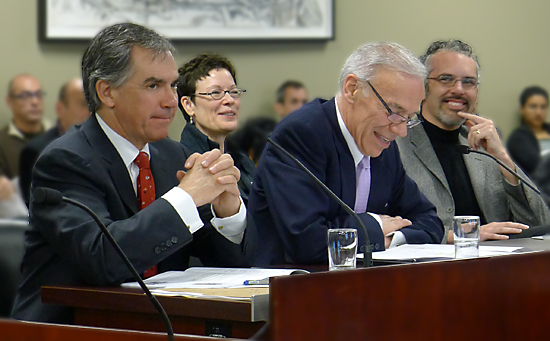

I agree that lots of talking about this is helpful, but there is the danger of co-option there as well. Praxis was an “invited” and public participant in the ‘consultations’ for the CREATIVE CAPITAL GAINS report. When we found out that it contained nothing that us or our colleagues submitted, in fact it had in large part been pre-written, and the ‘consultations’ were just a formality, we pulled the Praxis name from the report.

What I think is important for people to consider about the creative cities movement is that the “local” elements of it, are basically just global market initiatives being implemented on a local level.

In your piece below you discuss post-ideological candidates.
What can be done to motivate plausibly successful ideological ones?

I think this is the point of the article: that post-ideology is an ideology. Those candidates that run as neither “left” or “right,” but on good ideas, know they are ideological. They just aren’t partisan. In the article I talk about how artists should look to build coalitions with different groups—teachers, unions, etc. Those who still hold power in our contemporary culture. I think that this is where we need to start.

Read Eric’s April 2014 post: ALISON REDFORD IS GONE. NOW WHAT FOR THE CALGARY ARTS COMMUNITY?
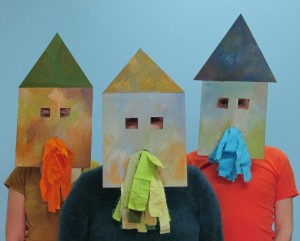 COUNCIL OF COMMUNITY CONVEYORS
COUNCIL OF COMMUNITY CONVEYORS
AUGUST 17 @ 4:00 PM – 6:00 PM
Creators : Created by Eric Moschopedis, Mia Rushton and Sharon Stevens
Presented in partnership with The Theatre Centre.
By bringing together elements of performance, participation, and civic engagement, Council of Community Conveyors seeks to map communities by collecting and passing messages from one neighbour to another. Not unlike census takers (we’ve got clipboards, name tags, and a serious looking form to fill out), members of the Council arrive in a neighbourhood and begin knocking on doors with the intention of registering what one neighbour has to say to the next. The Council invites festival-goers to become temporary members by participating in a two-hour version of this playful but politically engaged project, which attempts to establish dialogue within a community






